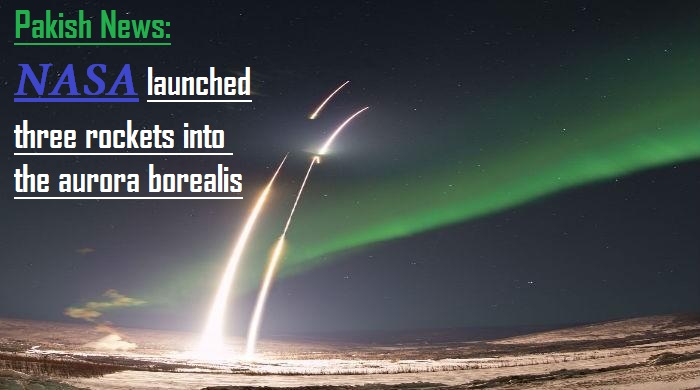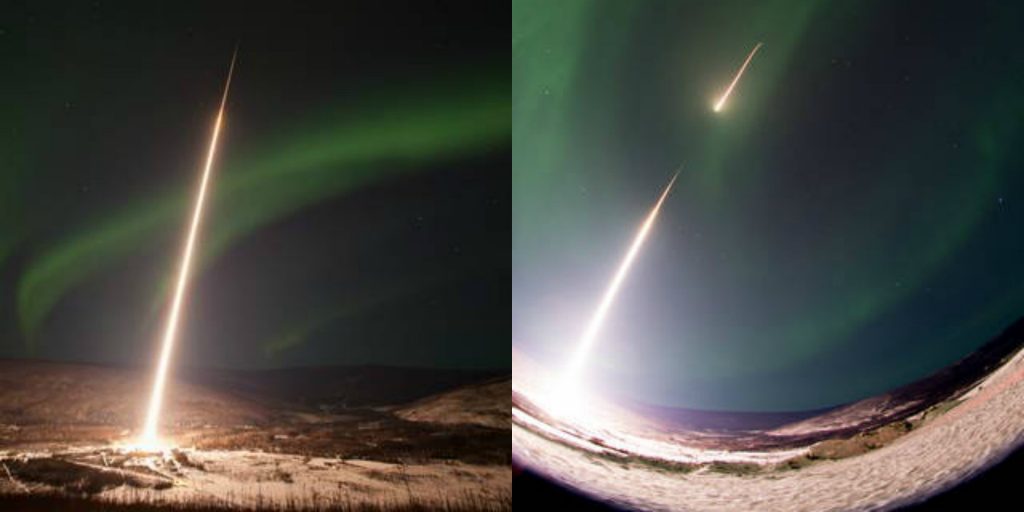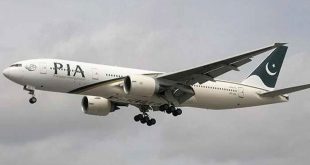
Northern Lights, holds significant value in the popular imagination because of its fascinating display of colors.
The burst of colors, mostly shades of green and pink, is a result of the collision between electrically charged particles with gaseous particles in the Earth’s atmosphere.
On March 2, the National Aeronautics and Space Administration (NASA) launched three rockets into the aurora borealis, in order to further study the phenomena.
According to Space.com, all three Black IX sounding rockets blasted off within 2-hours of time span from the Poker Flat Research Range in Alaska. So far, since January, a total of five Black Brant IX sounding rockets have been launched into the Northern Lights.
Their aim is to unveil different aspects of the Northern Lights including the ionosphere and Earth’s magnetic field. On January 19, the campaign was started and on February 22, the second rocket was blasted.

ISINGLASS principal investigator, Kristina Lynch, said in a statement that “The visible light produced in the atmosphere as aurora is the last step of a chain of processes connecting the solar wind to the atmosphere”. She further added “We are seeking to understand what structure in these visible signatures can tell us about the electrodynamics of processes higher up”. The mission teams have reported to collected and transmitted the data, now they are reviewing it.
But NASA’s acting administrator Robert asked on February 15 for the space agency to study the feasibility of putting people on board, and the findings of that study are expected in the coming months.
“Our priority is to ensure the safe and effective execution of all our planned exploration missions with the Orion spacecraft and Space Launch System rocket,” said Bill Gerstenmaier, associate administrator for NASA’s human exploration and operations mission directorate.
The capsule will be propelled to space atop a rocket called the Space Launch System (SLS), which is currently being developed. NASA has described it as the “most powerful rocket in the world.”
 Pakish News We are an interactive media group that here a purpose to update users with the latest information. Our mission is to give you knowledge not only about your surroundings. We will also update you around the Globe.
Pakish News We are an interactive media group that here a purpose to update users with the latest information. Our mission is to give you knowledge not only about your surroundings. We will also update you around the Globe.




You must be logged in to post a comment.